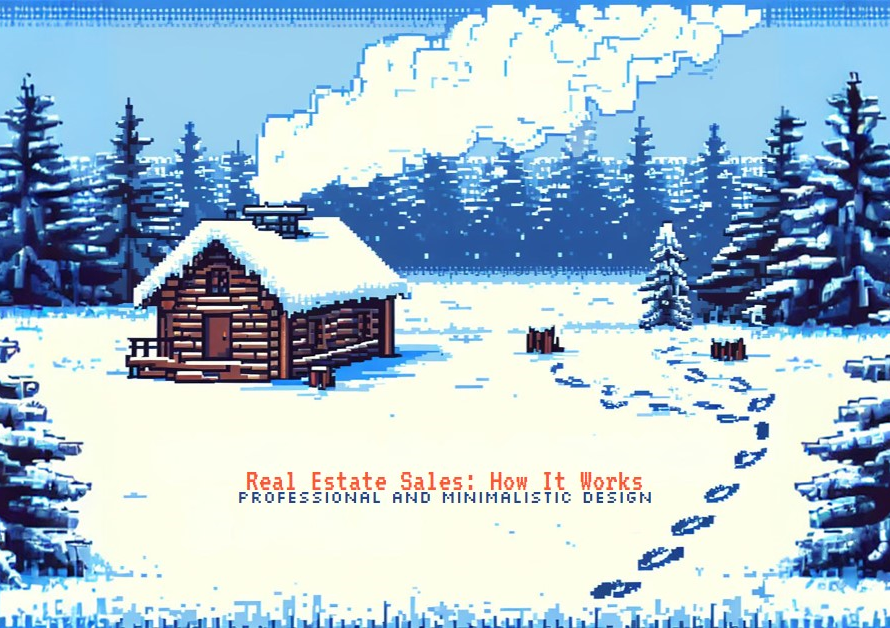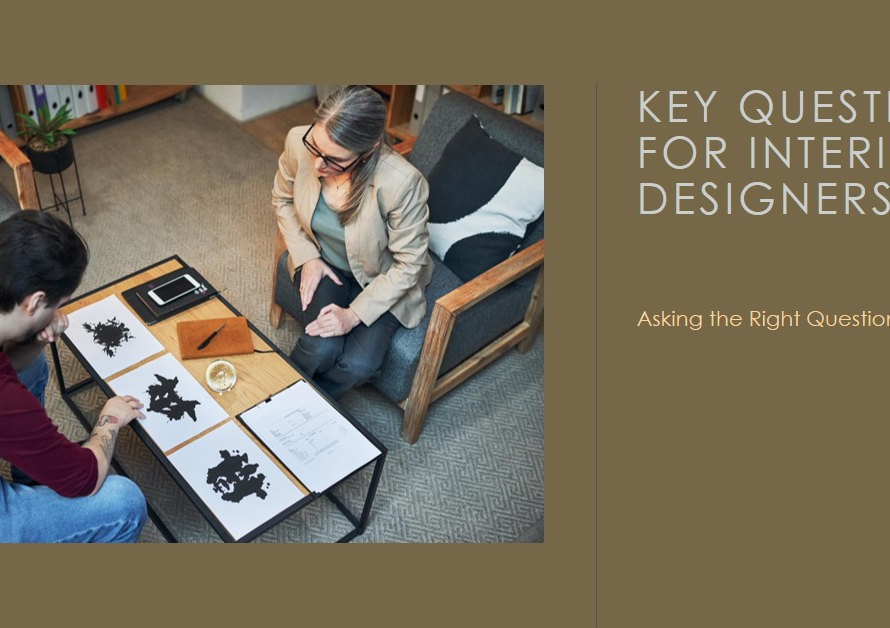
Table of Contents
- Introduction: The Fusion of Nature and Architecture
- Section 1: The Historical Evolution of Landscape in Design
- Section 2: The Role of Sustainability in Modern Landscape Design
- Section 3: The Integration of Technology in Landscape Design
- Section 4: Biophilic Design: Connecting Humans with Nature
- Section 5: Urban Landscape Design: Transforming Cities
- Section 6: Landscape and Well-being: Designing for Health
- Section 7: Cultural Influences in Landscape Design
- Section 8: The Economic Impact of Landscape Design
- Section 9: Future Trends in Landscape Design
- Conclusion: The Ever-Evolving Landscape of Design
Introduction: The Fusion of Nature and Architecture
In contemporary design, the concept of landscape has evolved far beyond its traditional boundaries. It is no longer confined to the natural world or purely outdoor spaces. Instead, landscape in modern design represents an intricate interplay between nature, built environments, and the human experience. This multifaceted approach to landscape is reshaping how we perceive, interact with, and design our surroundings.
Transitioning from the purely aesthetic, the modern understanding of landscape integrates functionality, sustainability, and psychological well-being. As designers and architects push the boundaries of innovation, landscape becomes a pivotal element in creating spaces that are not only visually stunning but also ecologically responsible and conducive to human health.
Section 1: The Historical Evolution of Landscape in Design
Historically, landscape design was primarily concerned with the arrangement of natural elements within gardens and parks. It emphasized the aesthetic arrangement of flora, water features, and ornamental structures to create pleasing outdoor environments. Notable examples include the meticulously structured gardens of Versailles and the serene landscapes of Japanese tea gardens.
In contrast, contemporary landscape design embraces a broader, more integrative perspective. It considers the interconnectedness of various environmental, social, and architectural factors. This evolution reflects a growing awareness of the need for sustainable development and the desire to create spaces that enhance the quality of life for their inhabitants.
Section 2: The Role of Sustainability in Modern Landscape Design
Sustainability is at the core of modern landscape design. As concerns about climate change and environmental degradation intensify, designers are increasingly prioritizing eco-friendly practices. Sustainable landscape design seeks to minimize environmental impact through the use of native plants, efficient water management systems, and the incorporation of renewable materials.
Moreover, sustainable landscapes are designed to be resilient. They can adapt to changing environmental conditions, reducing the need for excessive maintenance and resource consumption. By integrating sustainable practices, modern landscape design contributes to the broader goal of creating a more sustainable and livable planet.
Section 3: The Integration of Technology in Landscape Design
The advent of advanced technology has revolutionized landscape design. Digital tools and software enable designers to create highly detailed and accurate models of their projects. These technologies facilitate the visualization of complex designs, allowing for precise planning and execution.
Furthermore, smart technology is increasingly being incorporated into landscape design. Automated irrigation systems, energy-efficient lighting, and climate-responsive installations are just a few examples. These innovations not only enhance the functionality of landscapes but also contribute to their sustainability by optimizing resource use.
Section 4: Biophilic Design: Connecting Humans with Nature
Biophilic design is a concept that emphasizes the inherent human connection to nature. It involves the integration of natural elements into built environments to promote well-being and productivity. This approach is based on the premise that humans have an innate affinity for nature, known as biophilia.
Incorporating elements such as natural light, greenery, and water features into interior and exterior spaces can significantly enhance mental and physical health. Biophilic design principles are being increasingly adopted in workplaces, healthcare facilities, and residential areas, demonstrating the profound impact of nature on human well-being.
Section 5: Urban Landscape Design: Transforming Cities
Urban landscape design focuses on creating green spaces within densely populated areas. This discipline addresses the challenges of urbanization by integrating parks, green roofs, and community gardens into cityscapes. These green spaces provide residents with much-needed access to nature, improving air quality and promoting social interaction.
Innovative urban landscape designs are transforming cities into more sustainable and livable environments. Projects such as New York’s High Line and Singapore’s Gardens by the Bay exemplify how urban landscapes can rejuvenate cities, offering aesthetic, environmental, and social benefits.


Section 6: Landscape and Well-being: Designing for Health
The impact of landscape on human health is a critical consideration in modern design. Research shows that access to natural environments can reduce stress, enhance mood, and improve overall well-being. As such, designers are increasingly focused on creating landscapes that promote physical and mental health.
Therapeutic landscapes, such as healing gardens in hospitals, are designed to provide restorative environments for patients. Similarly, incorporating green spaces into schools and workplaces can boost cognitive function and productivity. By prioritizing well-being, modern landscape design contributes to healthier, happier communities.
Section 7: Cultural Influences in Landscape Design
Cultural context plays a significant role in landscape design. Different cultures have unique relationships with nature, which influence their design philosophies. For instance, Japanese gardens emphasize simplicity and harmony, while Mediterranean landscapes are characterized by vibrant colors and drought-resistant plants.
Modern landscape design often draws inspiration from diverse cultural traditions, blending elements from various styles to create unique and meaningful environments. This cultural integration enriches the design process, resulting in landscapes that resonate with a broad range of people and traditions.
Section 8: The Economic Impact of Landscape Design
Beyond its aesthetic and environmental benefits, landscape design has a substantial economic impact. Well-designed landscapes can increase property values, attract tourists, and boost local economies. Public parks and green spaces, for example, enhance the desirability of neighborhoods and contribute to economic revitalization.
Moreover, investing in sustainable landscape practices can lead to long-term savings. Efficient water management systems and low-maintenance plants reduce operational costs, while green infrastructure can mitigate the financial impact of climate change-related events such as flooding.
Section 9: Future Trends in Landscape Design
As we look to the future, several trends are poised to shape the field of landscape design. Climate change adaptation will continue to be a critical focus, with designers developing landscapes that are resilient to extreme weather conditions. Additionally, the integration of renewable energy sources, such as solar panels and wind turbines, into landscape design will become increasingly common.
Another emerging trend is the use of artificial intelligence and machine learning to optimize landscape management. These technologies can analyze data on weather patterns, soil health, and plant growth to inform maintenance practices, ensuring landscapes remain healthy and sustainable.
Conclusion: The Ever-Evolving Landscape of Design
In conclusion, the modern understanding of landscape in design is a dynamic and multifaceted concept. It encompasses sustainability, technology, biophilia, urban transformation, health, culture, and economics. As designers continue to innovate, the role of landscape in creating functional, beautiful, and sustainable environments will only grow in importance.
The future of landscape design promises to be exciting, with new technologies and approaches redefining how we interact with our surroundings. By embracing these advancements, we can create landscapes that not only meet the needs of today but also contribute to a healthier, more sustainable future.



